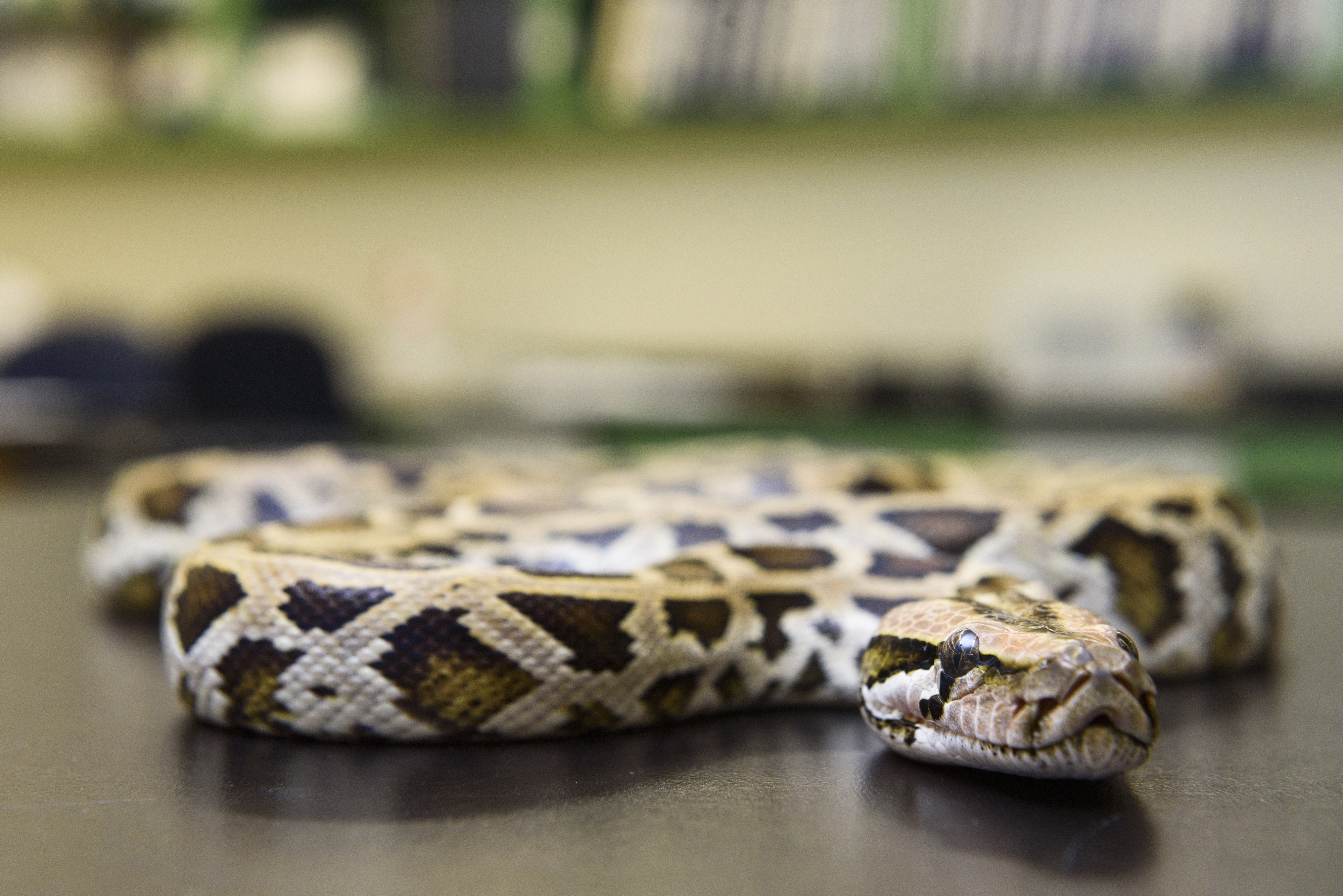
Growing in Size
Recent advances in understanding genes in the Burmese python have led a UA biologist to focus on deciphering how the snake grows its insides after a meal, which could potentially lead to treatments of intestinal diseases.

Recent advances in understanding genes in the Burmese python have led a UA biologist to focus on deciphering how the snake grows its insides after a meal, which could potentially lead to treatments of intestinal diseases.
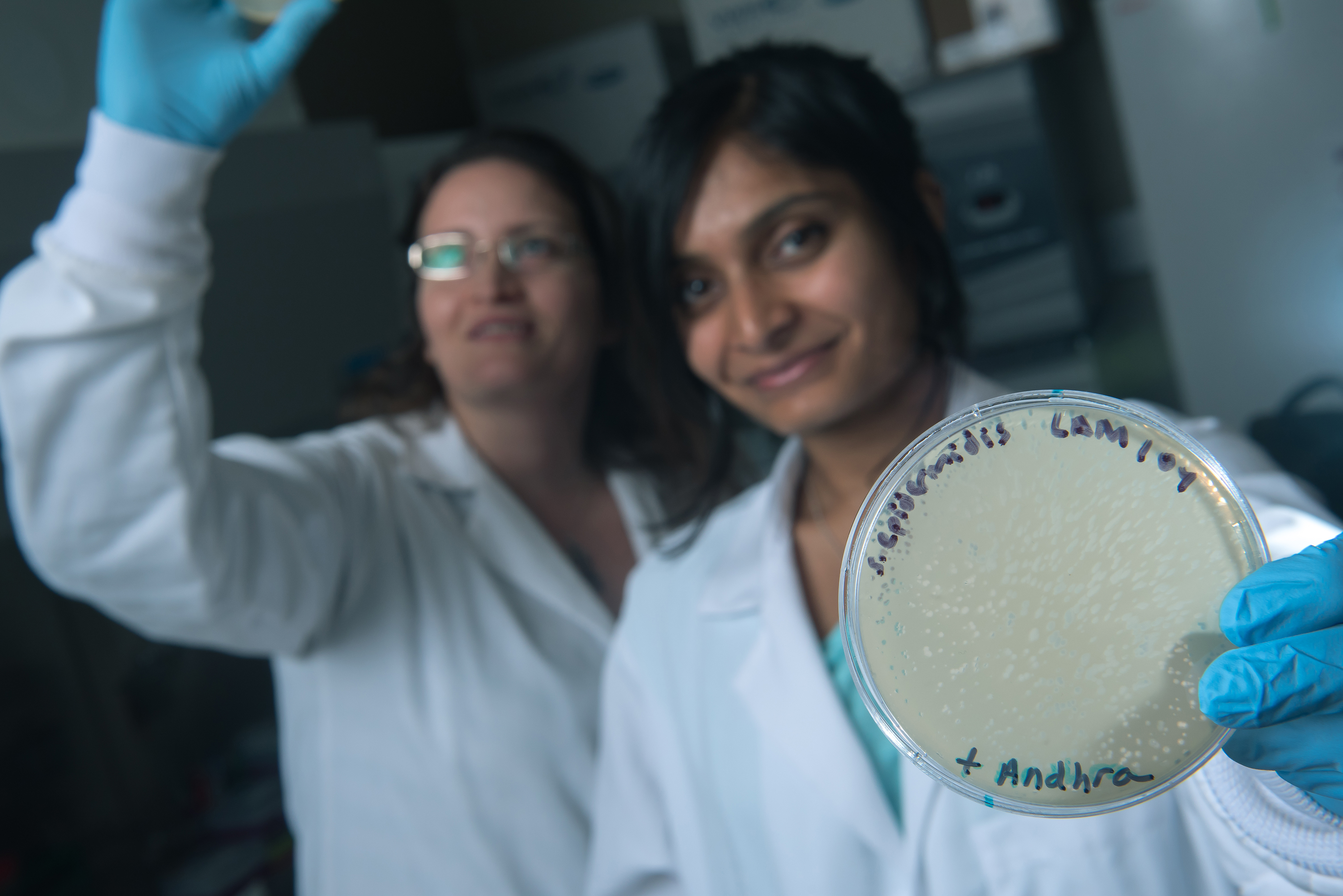
Researchers at The University of Alabama hope to better understand how bacteria and viruses battle each other and, in the process, devise new strategies to combat antibiotic resistant infections.

The University of Alabama was recently awarded a patent for a medical privacy tent developed by engineering students and Crimson Tide Athletics, firmly protecting the tent’s unique capability to easily expand or collapse on the sideline of a football field.
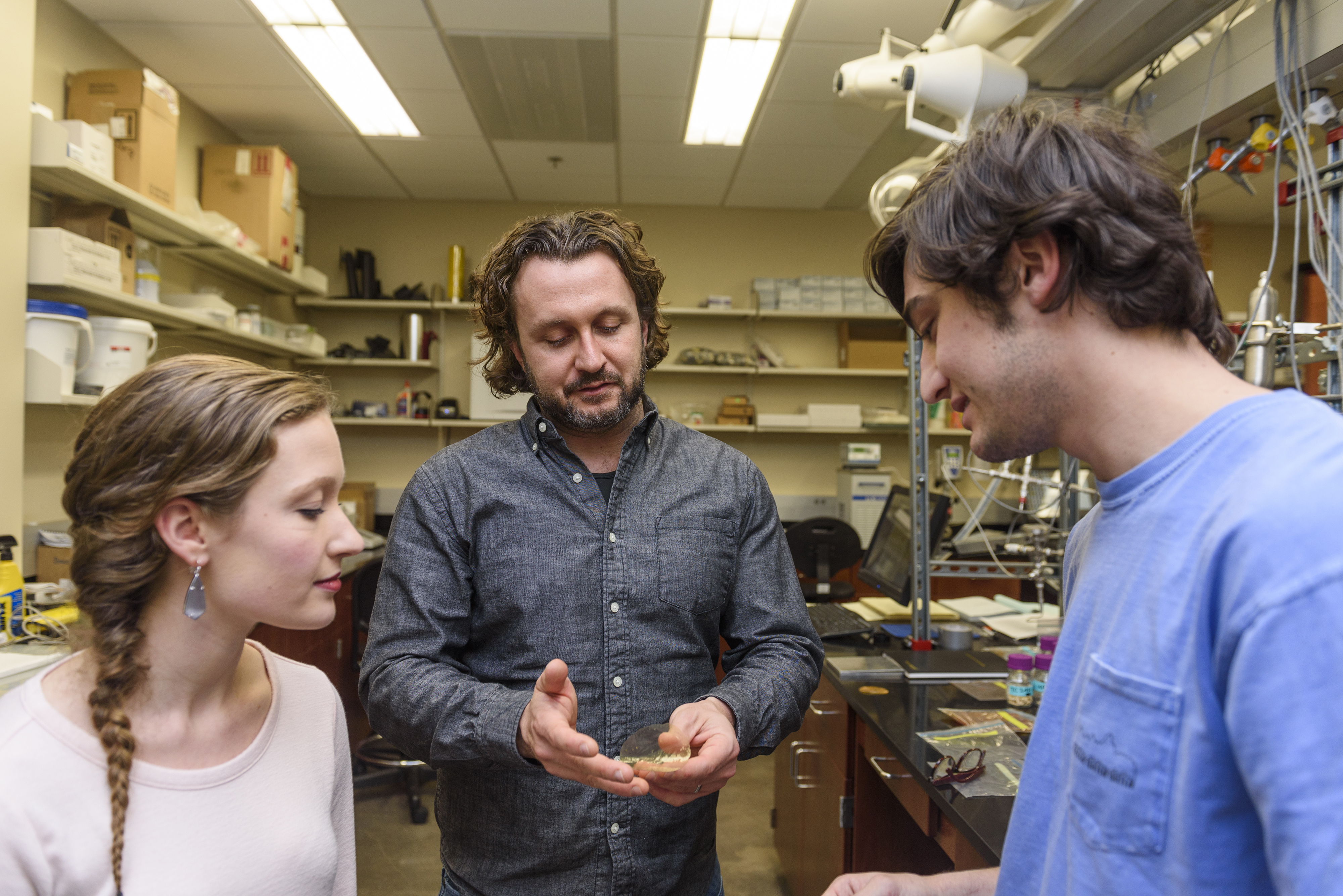
In response to future energy challenges, chemical engineers at The University of Alabama are creating new materials to more efficiently separate gases related to energy processes.
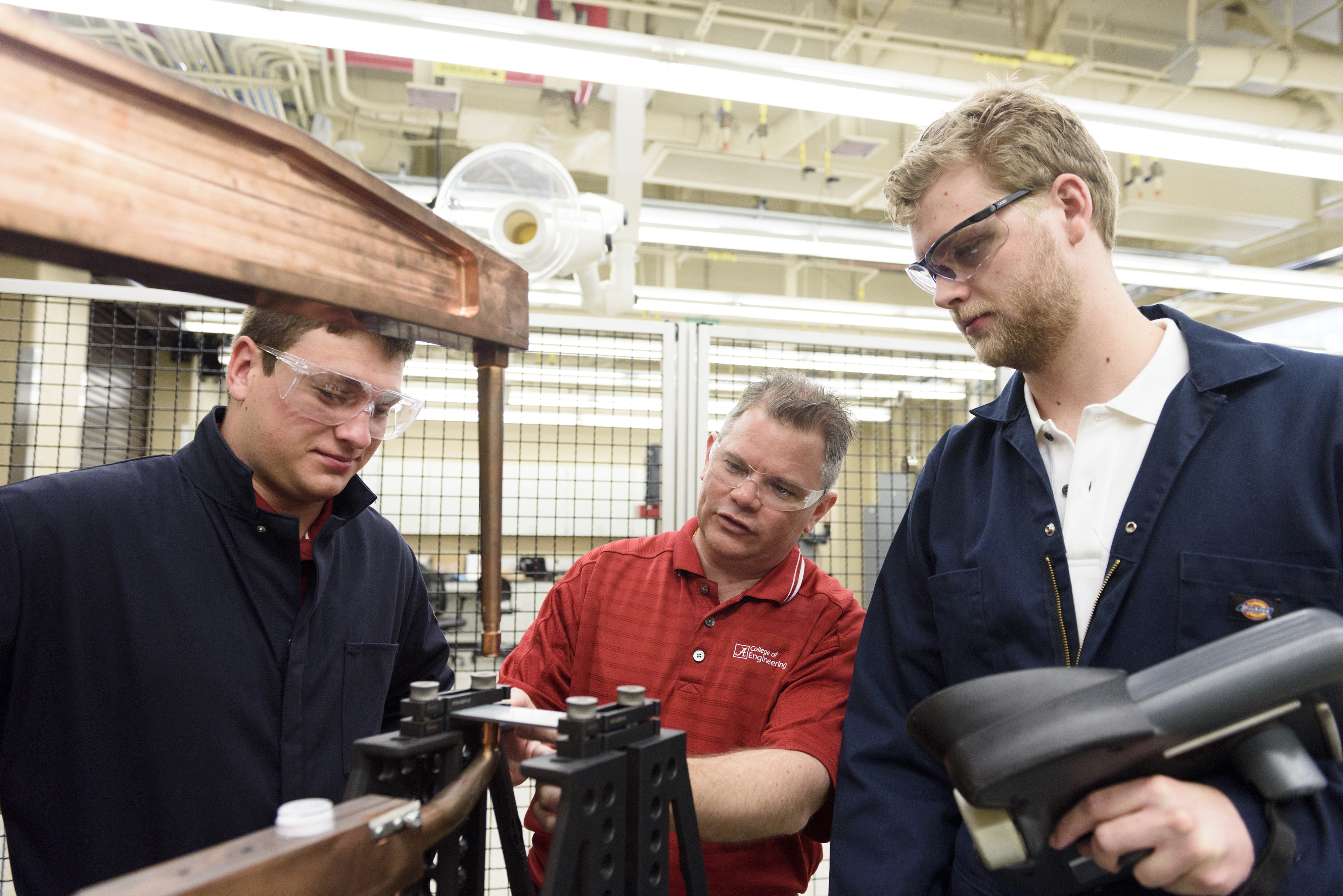
As cars have gotten sleeker and lighter over the decades, nostalgia about cars of yesteryear often romanticize their sturdiness – huge boxes of steel ready to take on any impact. It is a memory often not rooted in the reality of the safety of today’s vehicles.
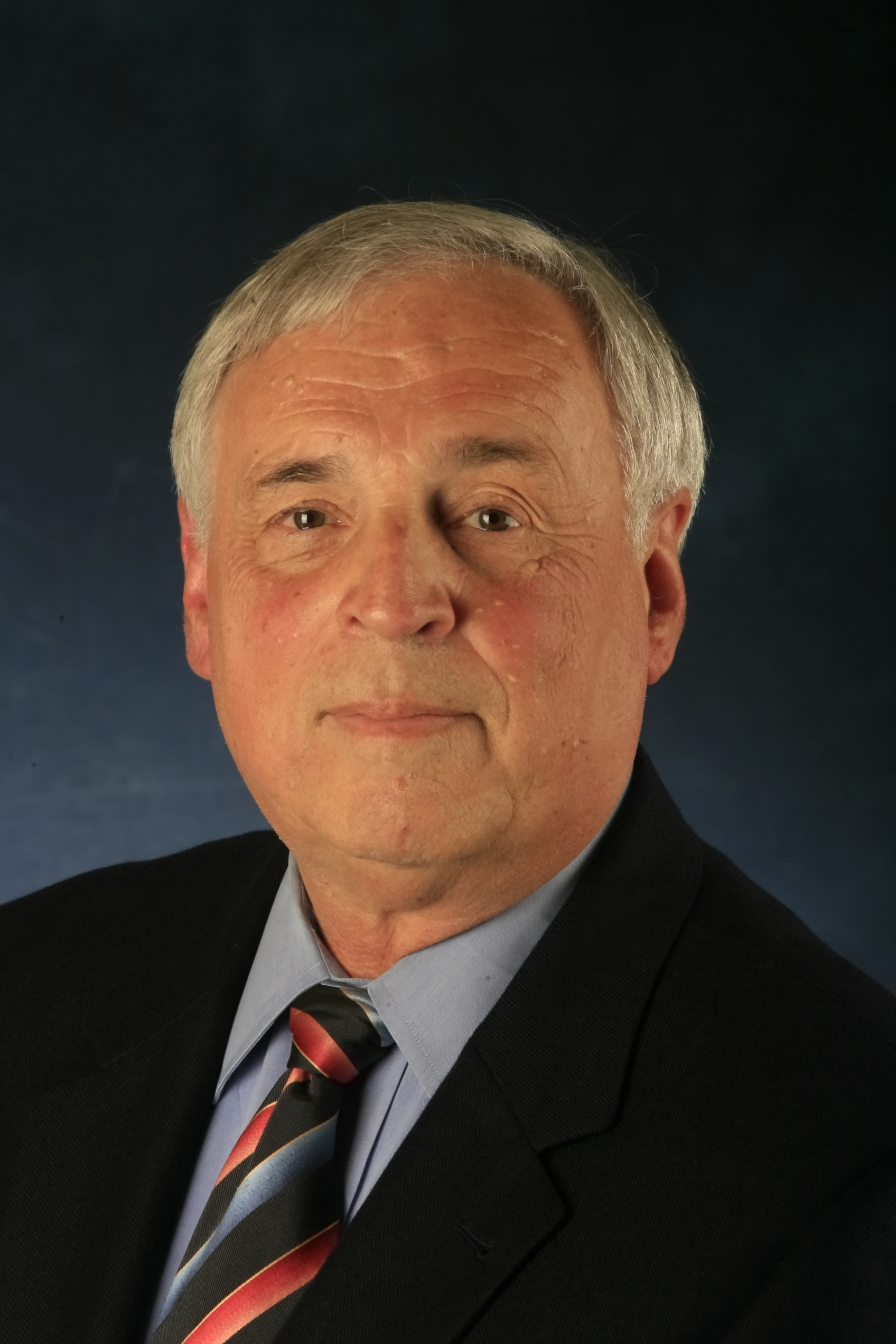
Led by The University of Alabama, four universities have united to form a new advanced economic development leadership executive education program.
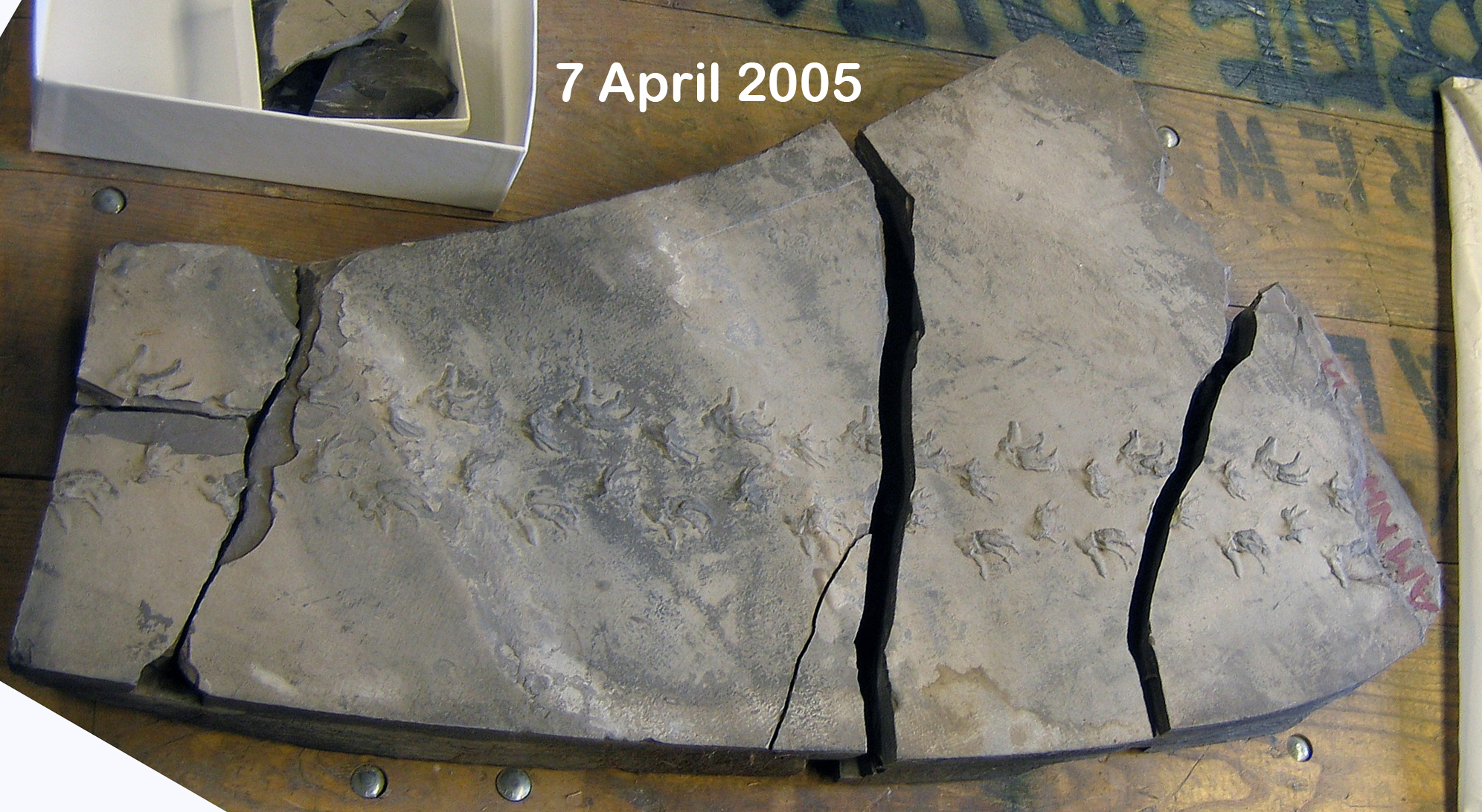
A book on trace fossils found in an Alabama coal mine helped the American Museum of Natural History find the origins of specimens.
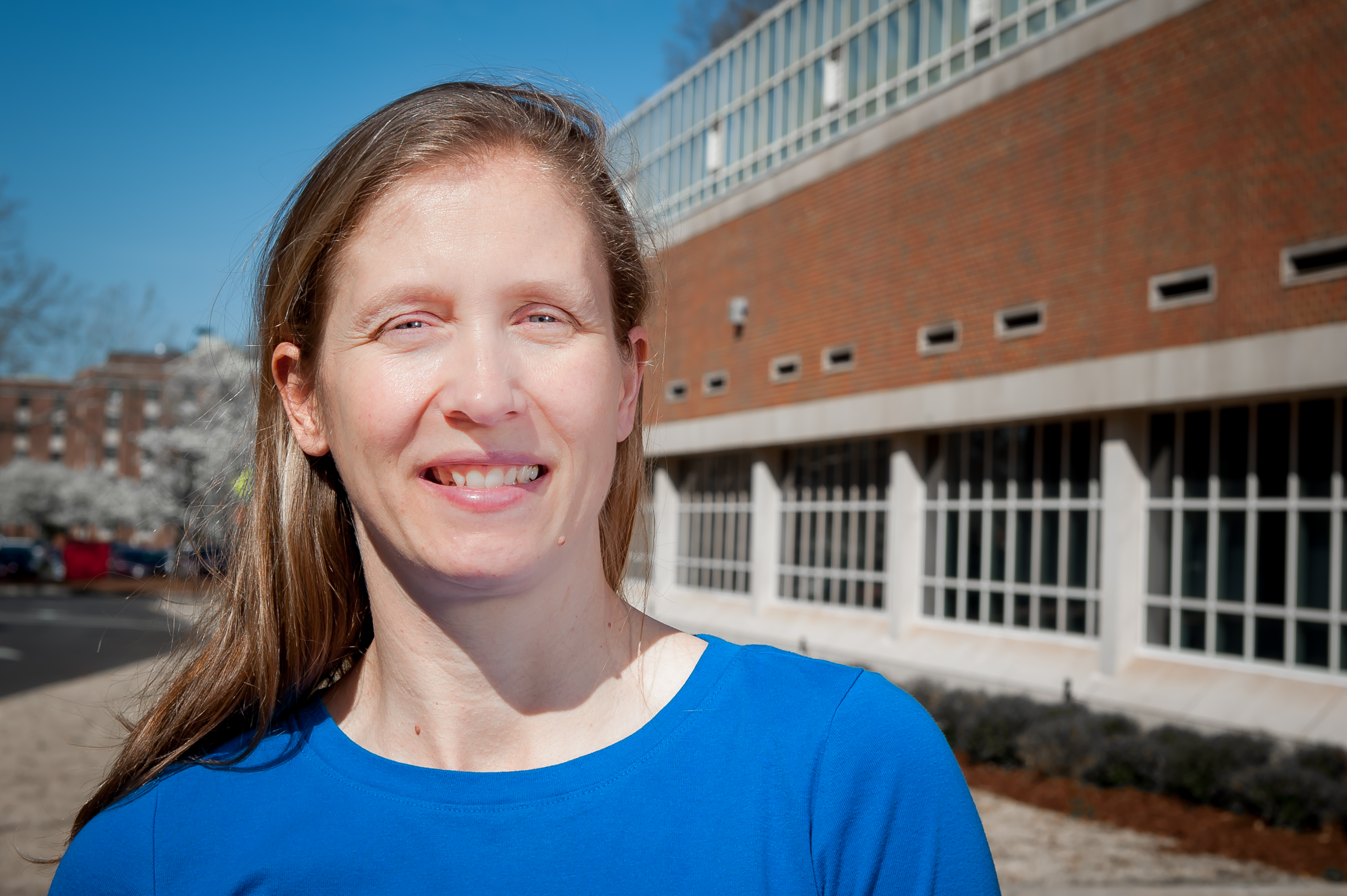
A professor at The University of Alabama is part of an international team performing geological research in northeast Pakistan aiming to understand where possible oil and gas deposits reside beneath the surface.
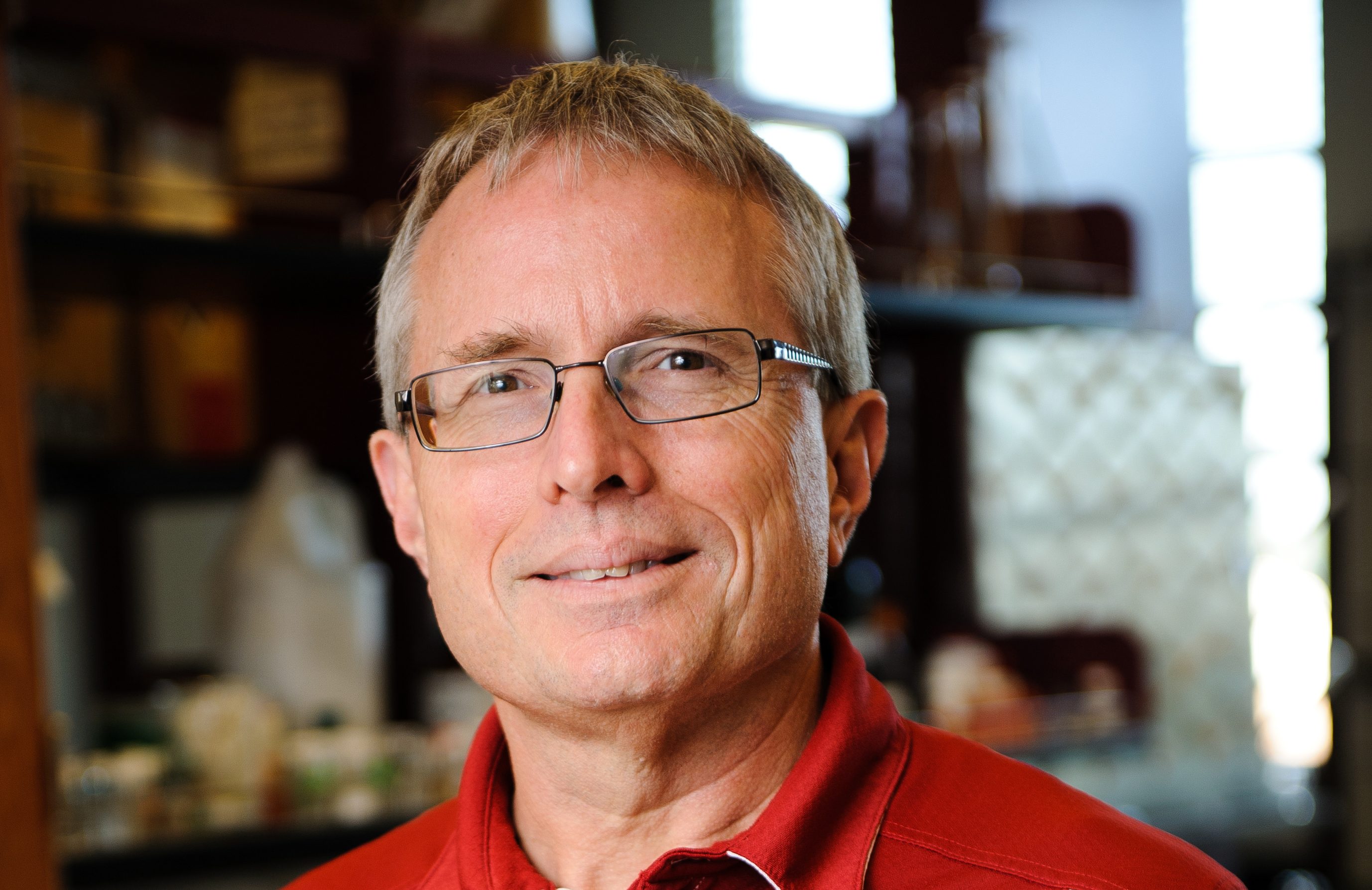
Dr. Robin D. Rogers, a research professor at The University of Alabama, was recently appointed to a committee of the National Academies of Sciences, Engineering, and Medicine to review alternative technologies to efficiently clean federal nuclear waste sites.
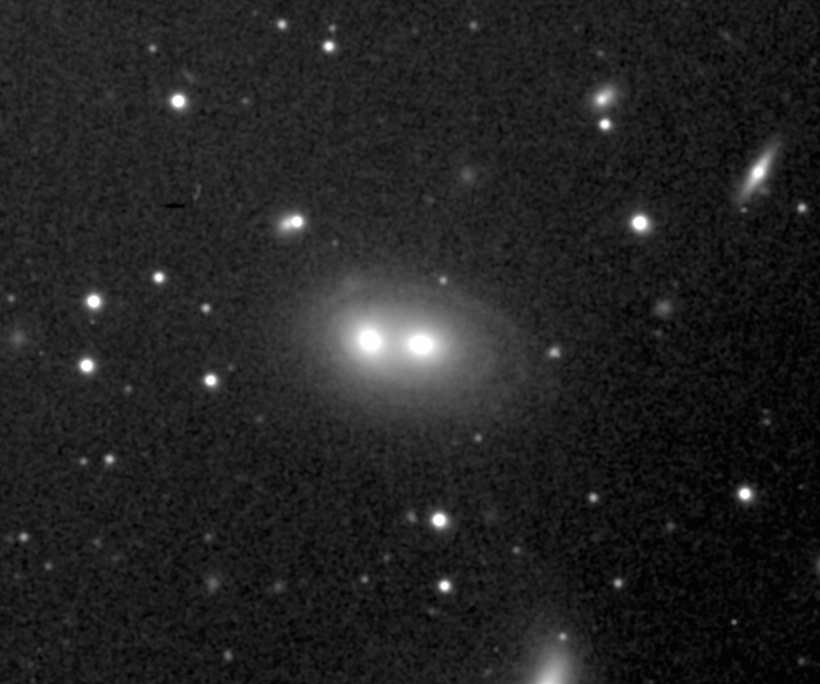
A project led by an astronomer at The University of Alabama that includes amateur astronomers will use gaps in the schedule of the Hubble Space Telescope to get a better look at oddities found in the sky.